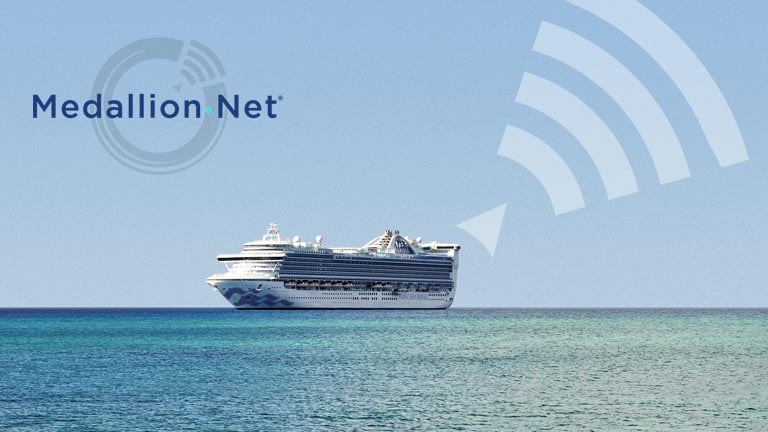
PHOTO: Cruise ships at a port in The Bahamas. (photo via Brand X Pictures / Stockbyte / Getty Images Plus)
Cruising continues to grow in popularity with the American public.
Cruise Lines International Association (CLIA) estimates that by the end of 2019, approximately 30 million people around the world will have set sail on a cruise, and it’s likely that Americans make up a sizable chunk of those choosing to cruise.
In 2017, CLIA found that nearly 12 million cruisers were from the United States, making it one of the leading markets.
New research from YouGov also revealed a strong appetite for cruising among U.S. travellers.
The survey found that three in 10 (31 per cent) of Americans had been on a cruise and one in six (16 per cent) plan on taking a cruise within the next 12 months.
In addition to knowing how many people have cruised, the YouGov analysis reveals travellers’ intent to cruise.
The survey found that 6 per-cent of Americans say that it will be their first time cruising. Twelve per cent indicated that they have been on a cruise before and plan to take another cruise within the next 12 months—market size of 31 million people. There are 46 million Americans who say that they have been on a cruise but do not plan to take one in the next 12 months, and 64 per-cent (approximately 160 million) Americans have not been on a cruise before and don’t plan on going on one within the next 12 months.
Within the never-cruised segment, there are a few important data points. These non-cruisers are likely not taking a vacation in 2019, but many could be considering travel in the coming year.
Among total cruisers, demographics give insight into who is looking to cruise in the future. Seven per-cent of first-timers were millennials, 8 per-cent were Gen-Xers, 4 per-cent were baby-boomers, and 1 per-cent were silent generation.
When it comes to repeat cruisers, 16 per-cent were millennials. Eleven per-cent were Gen-Xers, 10 per-cent were baby boomers, and 12 per-cent were silent generation.
Those who lapsed a year or more between cruises were most likely to be silent generation cruisers at 32 per-cent. Baby boomers made up 23 per cent of this group, Gen-X was 17 per-cent and millennials were 14 per cent.
The YouGov survey also found that first-time cruisers were more likely to be African American, live in cities and more likely to vacation with their children. Two in five are parents with children under the age of 18 and more than one-third have travelled for business and leisure this year.
When targeting this group, go beyond traditional social media. Ads in podcasts, movie theatres and billboards catch the attention of first-timers.

Like first-timers, a family is a big consideration for repeat cruisers. Many are parents and many more bring family members with them when they cruise.
YouGov found that repeat cruisers were more likely to look to advertisements when choosing which cruises to take and preferred ads tailored to them. Social media advertising was also more appealing to the repeat cruiser and they most frequently use Facebook, Twitter and Instagram.
Cruising is more popular with East Coast and travellers in southern states, likely because the proximity to homeports simplifies travel. Regardless of location, however, cruising’s ability to act as an intersection between experiential travel and innovation and convenience appeals to a wide variety of Americans.


